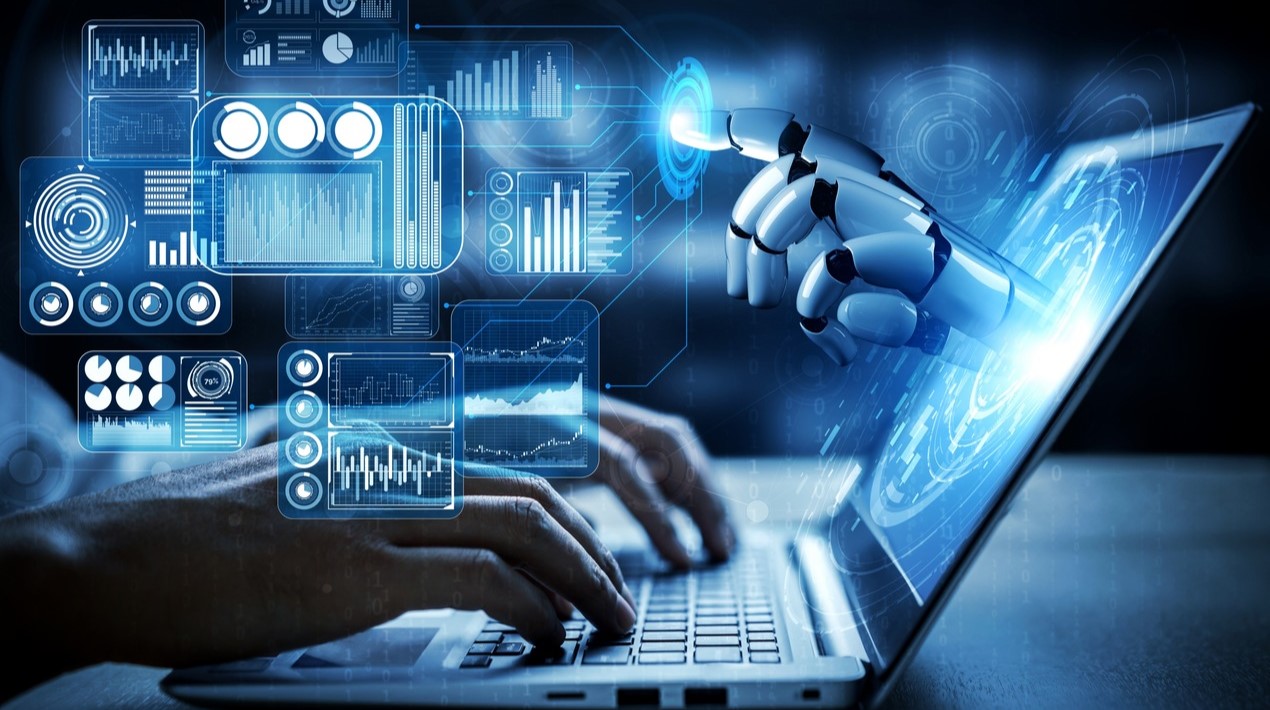
In recent times stakeholders from various sectors have started becoming proactively involved in identifying ways to improve justice. However, issues that hampered this mission include a lack of good governance thereby hindering the institution of an efficient, fair, transparent, and accountable system.
These issues can only be rectified through continued effort, necessitating cooperation from all sides.
Thus, a recent article reported on how Open Data and AI Technology can play an important role in rectifying the issues prevalent in the Thai justice system.
The adoption of such technology by many governments and agencies has reinforced direct representative democracy since it allows democratic engagement and empowers people in new ways.
Recently, the Thailand Institute of Justice (TIJ) in collaboration with ChangeFusion and several partners held the 2nd Roundtable on Technology for Justice Series (Project j: jX Justice Experiment) under the topic “Open Data and AI for Participatory Justice”.
Open data is a set of machine-readable information that can be freely used, shared and built-on by anyone, anywhere. Artificial intelligence and machine learning tools can be used to find insights and anomalies within such open datasets. For instance, AI can be used to enhance, deepen and accelerate routine data analysis so people can be free to monitor suspicious contracts or payments in depth. This can increase the rate of corruption prosecutions.
The Executive Director of the Thailand Institute of Justice stated that good governance has a direct impact on law and order. It requires a climate of respect for the rule of law, the existence of check and balances, transparency and accountability. A reform of the justice system in this sense asks for measures to ensure efficient and transparent procedures are performed in line with ethical standards.
He noted that Open Data is a key part of this reform as it encourages citizens active participation, by allowing them to look into government data and oversight its procedures.
In Thailand, Open Data and AI are being used in several sectors. For example, in an AI-powered customer support platform analyses data through AI. The data is then made public and people can help monitor real-time incidents, share information and offer suggestions to the government.
Moreover, AI can prevent road accidents by detecting blind spots crossing statistic data from Department of Highways, volunteers and insurance companies. Similarly, the KiiD project creates an ecosystem where people share information and contribute to the economic development, health and safety of an Innovation District.
Other platforms include data.go.th, developed by the Digital Government Development Agency; AI police for women by Royal Thai Police, a project geared to protect vulnerable groups namely, women and children victims of family violence.
It is essential to appreciate how valuable accurate data collection and sharing is in order to maximise modern technology.
Data that is collected and shared has the potential enable governments to operate more effectively; it is government’s responsibility to make information – like information on procurement, budget disbursement, government expenditures including taxes and justice related information – accessible to the public.
The Director a Thai News Agency argued that when the public sector refuses to share information, it might have a hidden agenda or the interests of those in power are at stake.
On the other hand, Open Data and AI technologies have limitations including machine bias, privacy issues and a lack of human empathy and emotions.
However, as these tools become more sophisticated as time goes on and they have the potential to alleviate the bias and inefficiencies facing the justice system while improving fairness and safety.
The reform of a fair justice system is indeed a challenging undertaking which calls for all stakeholders’ cooperation. Thus, Thailand’s government needs a concerted effort on the part of key stakeholders – policymakers, venture capitalists, entrepreneurs, and researchers – to promote a culture that embraces innovation and leads to more effective, transparent and responsive civil services and criminal justice systems.


















